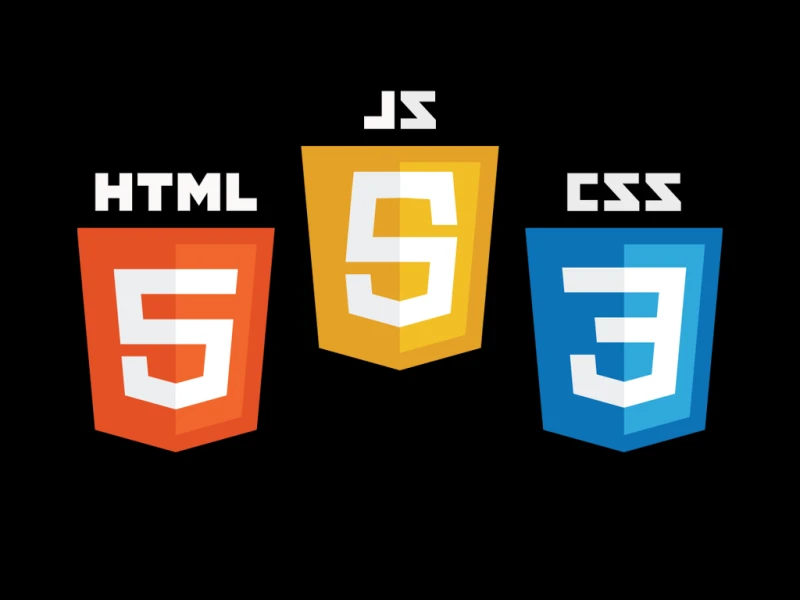
Laravel Data Validation: A Comprehensive Guide
Understanding Data Validation in Laravel
Data validation is a crucial security and user experience practice in web applications. Laravel offers robust features to ensure the integrity of data submitted through forms or API requests. By defining validation rules, you can verify that incoming data adheres to specific criteria, preventing malformed or invalid inputs from entering your system.
Approaches to Data Validation in Laravel
Laravel offers two primary approaches to data validation:
-
Using the
validateMethod on Request Objects:- This method is directly available on all incoming HTTP requests.
- Define validation rules as an array and pass them to
validate. - Laravel's built-in validation rules handle common checks (e.g.,
required,email,unique).
-
Using Form Requests:
- Form requests are dedicated classes for handling validation and authorization logic.
- They provide a cleaner separation of concerns and improved code organization.
- Define validation rules using the
rulesmethod within the form request class.
Example: Validating User Registration Data
Let's create an example to illustrate both approaches:
1. Using validate Method:
- Controller Code (app/Http/Controllers/UserController.php):
PHP
<?php namespace App\Http\Controllers; use Illuminate\Http\Request; class UserController extends Controller { public function register(Request $request) { $this->validate($request, [ 'name' => 'required|string|max:255', 'email' => 'required|string|email|unique:users,email', 'password' => 'required|string|min:8|confirmed', ]); // Process valid user data (e.g., create user in database) } }
Explanation: - The validate method accepts the request object and an array of validation rules. - Each rule specifies a field name followed by a pipe (|) separated list of validation rules. - Common built-in rules include: - required: The field must not be empty. - string: The field must be a string. - max:255: Maximum length of 255 characters. - email: Validates email format. - unique:users,email: Ensures email is unique in the users table. - min:8: Minimum length of 8 characters. - confirmed: Confirms the password matches the password confirmation field.
2. Using Form Requests:
-
Form Request Class (app/Http/Requests/RegisterUserRequest.php):
PHP
<?php namespace App\Http\Requests; use Illuminate\Foundation\Http\FormRequest; class RegisterUserRequest extends FormRequest { public function rules() { return [ 'name' => 'required|string|max:255', 'email' => 'required|string|email|unique:users,email', 'password' => 'required|string|min:8|confirmed', ]; } public function authorize() { return true; // Allow registration by default (optional) } } -
Controller Code (app/Http/Controllers/UserController.php):
PHP
<?php namespace App\Http\Controllers; use App\Http\Requests\RegisterUserRequest; class UserController extends Controller { public function register(RegisterUserRequest $request) { // Access validated data through $request object $name = $request->input('name'); $email = $request->input('email'); $password = $request->input('password'); // Process valid user data } }
Explanation: - A form request class inherits from Illuminate\Foundation\Http\FormRequest. - The rules method defines the validation rules as in the previous example. - The controller injects the RegisterUserRequest type into the register method. - Laravel automatically validates the request data based on the defined rules. - You can access validated data through the request object's properties or methods. - The authorize method is optional for authorization checks (e.g., user role).
Handling Validation Errors and Redirecting with Flashed Data
In Laravel, when validation fails, the request object contains the validation errors. We'll cover how to handle these errors and redirect the user back to the form with the entered data preserved (flashed data).
1. Using validate Method:
- Controller Code (app/Http/Controllers/UserController.php):
PHP
<?php namespace App\Http\Controllers; use Illuminate\Http\Request; use Illuminate\Support\Facades\Session; // For flashing data class UserController extends Controller { public function register(Request $request) { try { $this->validate($request, [ 'name' => 'required|string|max:255', 'email' => 'required|string|email|unique:users,email', 'password' => 'required|string|min:8|confirmed', ]); // Process valid user data } catch (ValidationException $e) { return back()->withErrors($e->validator->errors())->withInput($request->input()); } } }
Explanation: - The validate method throws a ValidationException if validation fails. - Wrap the validation call in a try...catch block. - In the catch block, use back() to redirect back to the previous form route. - Use withErrors($e->validator->errors()) to flash the validation errors to the session. - Use withInput($request->input()) to flash the previously submitted form data (user input) to the session.
2. Using Form Requests:
-
No change is necessary in the form request class.
-
Controller Code (app/Http/Controllers/UserController.php):
PHP
<?php namespace App\Http\Controllers; use App\Http\Requests\RegisterUserRequest; class UserController extends Controller { public function register(RegisterUserRequest $request) { // Validation happens automatically due to form request injection // Process valid user data } }
Explanation: - Since the form request handles validation, the controller doesn't need to explicitly call validate. - If validation fails, Laravel automatically redirects back with flashed errors and input data using the same mechanism as the validate method approach.
Displaying Validation Errors in the View
In your form view (e.g., resources/views/register.blade.php), you can display the flashed validation errors:
HTML
@if ($errors->any())
<div class="alert alert-danger">
<ul>
@foreach ($errors->all() as $error)
<li>{{ $error }}</li>
@endforeach
</ul>
</div>
@endif
<form method="POST" action="{{ route('register') }}">
@csrf
<button type="submit">Register</button>
</form>
This code checks if there are any flashed errors ($errors->any()) and displays them in a Bootstrap alert (adjust the class names as needed). Each error message is iterated through and displayed in a list.
Additional Considerations
- Consider using custom validation rules for complex validation logic.
- Explore custom error messages to provide more user-friendly feedback.
- Implement authorization checks (e.g., in the form request's
authorizemethod) to restrict access to specific actions.
By following these steps and incorporating best practices, you can effectively validate data in your Laravel applications, ensuring data integrity and a positive user experience.


